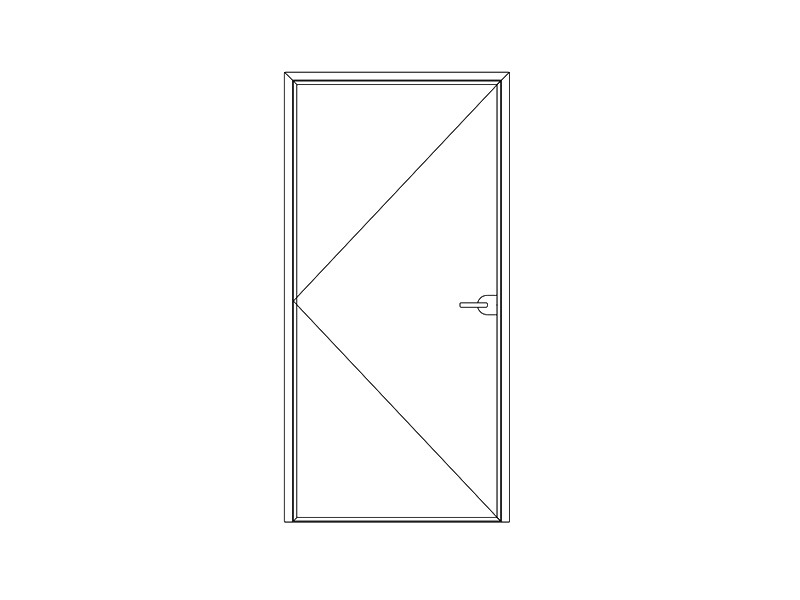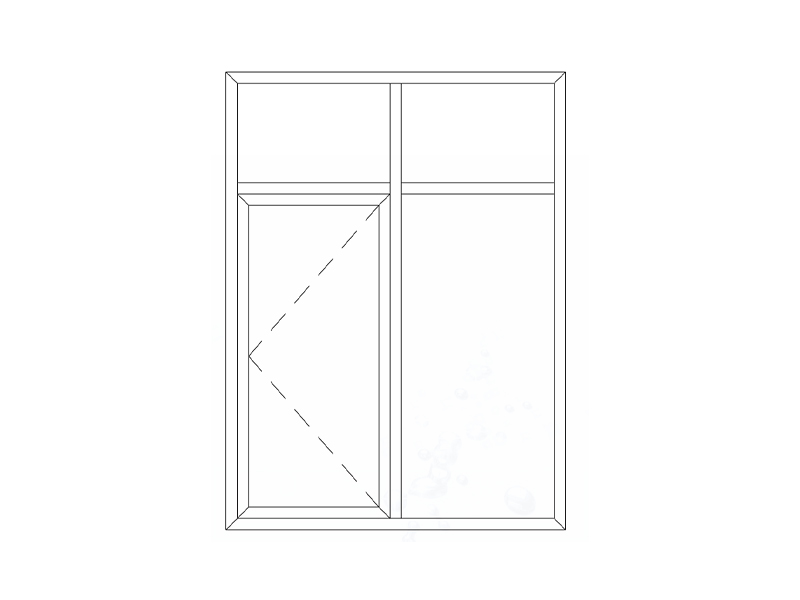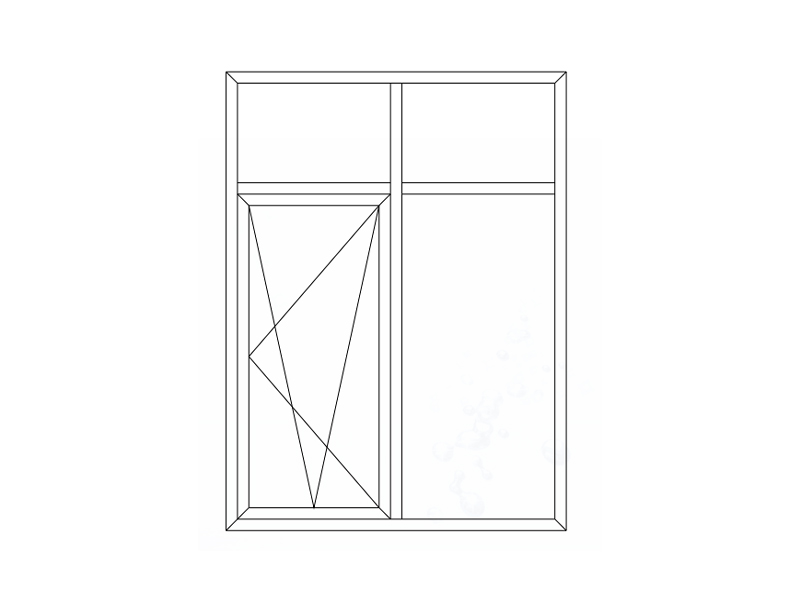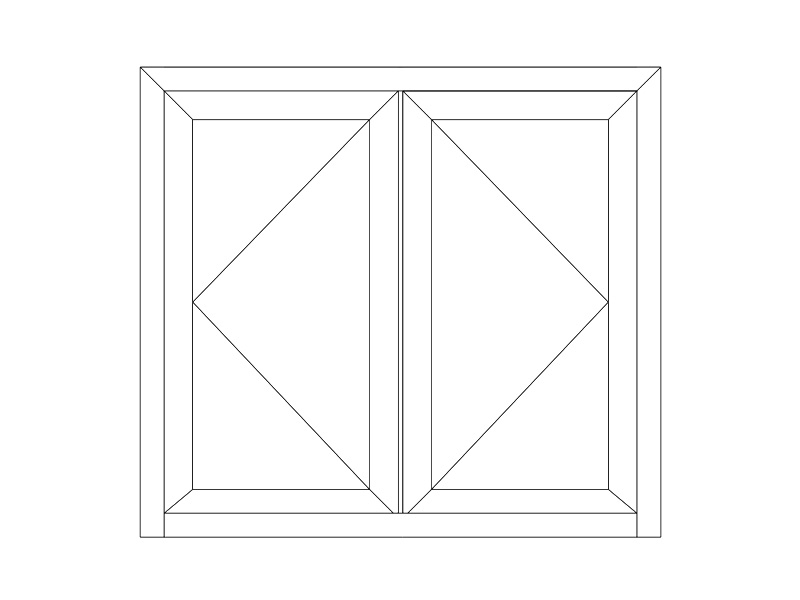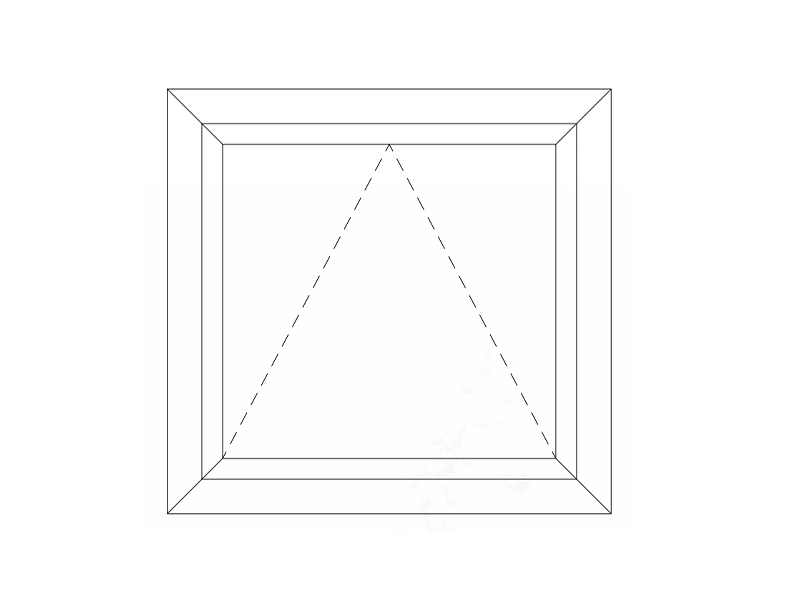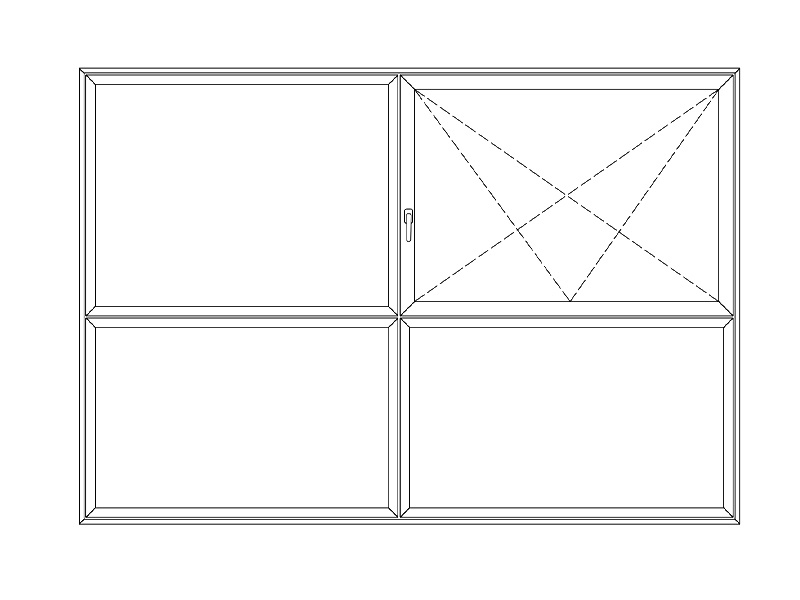T-slot fasteners are a crucial component in the world of industrial automation, machine building, and custom framing. They provide a versatile and robust method for attaching components to aluminum extrusions, which are commonly used in constructing everything from lab benches and machine guards to custom workstations and robotic frames. The unique "T" shape of the fastener allows it to slide into the profile's groove, providing a secure anchor point that can be easily repositioned.
The Different Types of T-Slot Fasteners
There are several types of T-slot fasteners, each designed for specific applications and levels of strength. The key is to choose the right fastener for the job, balancing factors like load-bearing capacity, ease of installation, and cost. Here’s a breakdown of the most common types:
1. T-Nuts (Hammer Head Nuts)
T-nuts, sometimes called hammer head nuts, are one of the most popular types of T-slot fasteners. They are typically shaped like a "T" and can be inserted directly into the end of a T-slot profile or rotated into the slot from the side. Once in place, they are held securely by the tension of the bolt. They are a great choice for medium-duty applications and are easy to install, making them a go-to for many projects.
-
Slide-in T-Nuts: These are designed to be inserted into the end of the extrusion and then slid along the channel to the desired position. They are a good choice for applications where the final position is known before assembly.
-
Drop-in T-Nuts: These have a unique shape that allows them to be inserted directly into the T-slot from the side, even after the frame has been assembled. They're ideal for making modifications to existing structures without having to disassemble the entire frame.
2. T-Bolts
T-bolts are another essential type of fastener. Instead of using a separate nut and bolt, the T-bolt combines the two functions. The T-shaped head slides into the T-slot, and the threaded shank extends out, allowing a nut to be tightened on the other side. This is an excellent solution for applications that require high strength and a secure connection. The bolt head's large surface area distributes the clamping force, reducing the risk of damage to the extrusion.

3. T-Slot Studs
Similar to T-bolts, T-slot studs have a T-shaped base that fits into the T-slot and a threaded stud extending from it. The main difference is that a T-slot stud is typically a headless bolt, meaning it requires a nut to be tightened on the free end. This can be useful for applications where a continuous thread is needed or where a separate nut needs to be tightened against a component.
4. Post-Assembly Fasteners
As the name suggests, post-assembly fasteners are specifically designed to be inserted into the T-slot after the frame has been partially or fully assembled. This category includes drop-in T-nuts and spring-ball nuts. Spring-ball nuts, for instance, have a spring-loaded ball bearing that holds the nut in position within the T-slot before the bolt is tightened. This prevents the nut from moving, making assembly easier and more precise.
5. Double and Triple T-Slot Fasteners
For applications that demand even greater strength, double and triple T-slot fasteners are available. These fasteners have a wider base that occupies two or three adjacent T-slots, distributing the load over a larger area. They are often used in heavy-duty applications, such as mounting large motors or linear slides, where a single fastener might not provide enough stability.
Key Considerations When Choosing T-Slot Fasteners
When selecting a T-slot fastener, consider these factors to ensure a successful and durable assembly:
-
Load Requirements: How much weight or force will the connection need to handle? For heavy-duty applications, T-bolts and double T-slot fasteners are better choices.
-
Ease of Assembly: If you need to make frequent adjustments or modify an existing structure, drop-in T-nuts or post-assembly fasteners are more convenient.
-
Cost: While specialized fasteners can offer superior performance, they may also be more expensive. T-nuts are generally the most economical option for many applications.
-
Compatibility: Ensure that the fastener you choose is compatible with the specific T-slot profile you are using. Different manufacturers may have slightly different groove dimensions.
By understanding the different types of T-slot fasteners and their specific uses, you can build stronger, more reliable, and more versatile structures.





